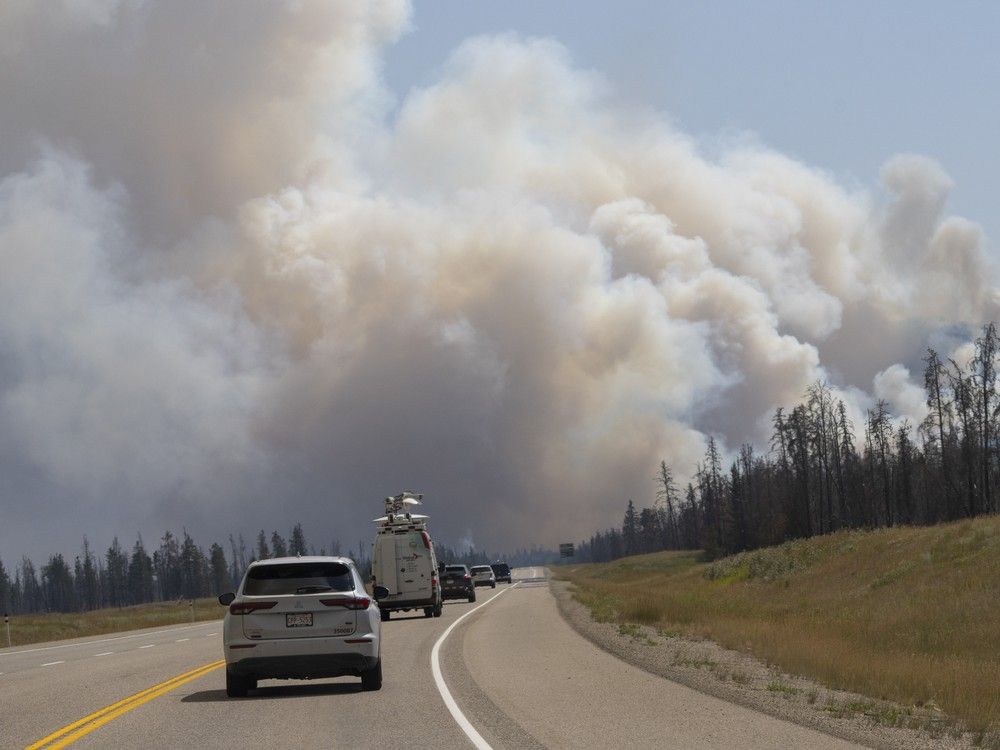And the Federal forest management policies are 'drawing fire' now...
Opinion: 'Green' forest policy turned Jasper into a tinderbox
The recent and ongoing disaster in Jasper National Park will undoubtedly generate a slew of commentary about the inevitable effects of climate change. While I readily agree that climate change is a huge factor in the spread of wildfires, in the current instance, it is not that simple.
I believe that a major part of the immediate problem in Jasper — which could have been considerably mitigated in all of the Rocky Mountain national parks — is the Parks Canada “green” policy of protecting the forest in all of the Rocky Mountain national parks as the primary objective of all of their current policies and operational activities.
Some 25 years ago, in my capacity then as deputy minister for Community Development, including responsibility for managing Alberta provincial parks, I was personally present at a meeting with senior Parks Canada and Alberta officials. At that meeting Fred McDougall, the Alberta deputy minister of Forestry, eloquently and passionately chastised the federal officials for their lack of foresight, stating unequivocally that their commitment to maximum preservation as the cornerstone of their forestry management policy was creating an explosive situation they would live to regret.
Several years ago, Waterton Lakes National Park experienced the first direct result of that failure to adapt. Now Jasper National Park is experiencing the same fate. Can Banff National Park dodge the bullet?
I seriously doubt that it will, as all three of these parks abut significant prairie regions, which for timeless millennia directly influenced the landscapes of the front ranges of the Rocky Mountains by channeling prairie fires into the valley bottoms and adjacent uplands.
Part of the problem in Jasper is the policy of protecting the forest as the primary objective leaving artificial landscapes

edmontonjournal.com





